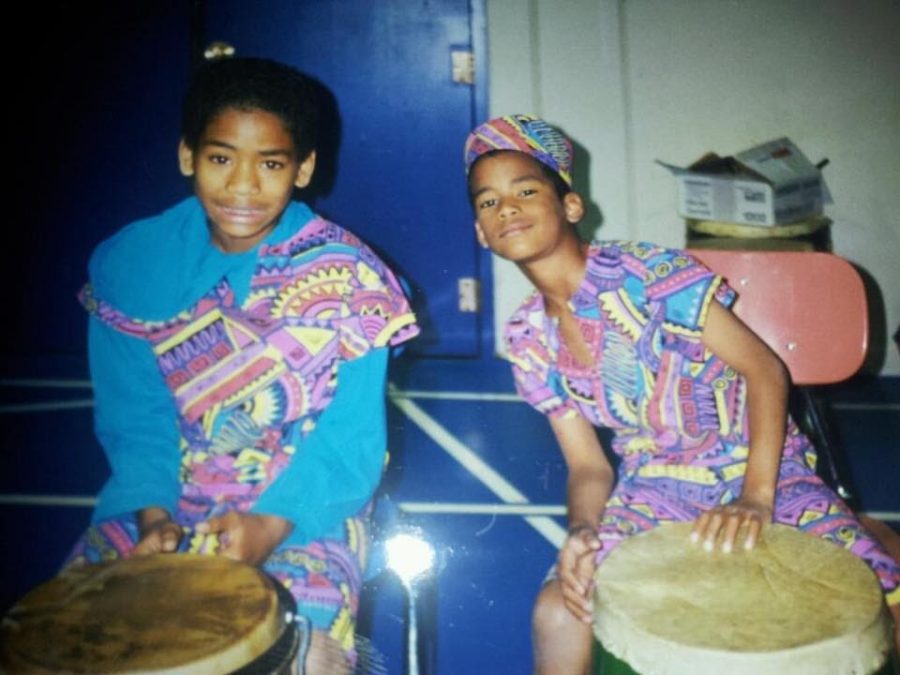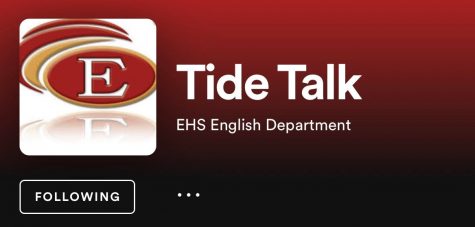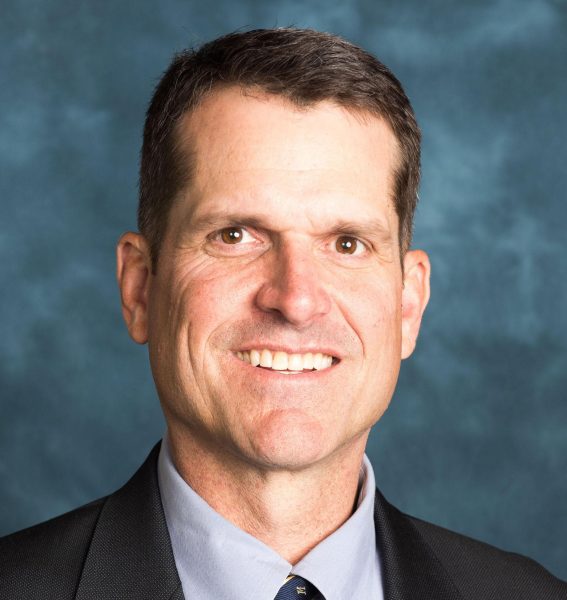What Kwanzaa means to me
A young Douglas-Ferreira and his sibling celebrate Kwanzaa with an African drum and dance.
In my class we do a lot of things to expose students to different cultures or people. Around this time of the year I always like to showcase some of the amazing cultures that come with the holiday seasons. Not to push specific religious views or holidays themselves, but instead to simply expose and shed light on cultures that some students might never have been exposed to, and to celebrate important holidays that some students might hold dear. There’s the usual Hanukah and Christmas, but I am always surprised by how many students have never heard of Kwanzaa. But, in truth, I guess that makes sense.
It is a little bit of a niche holiday to begin with. For those that don’t know, Kwanzaa is a holiday that goes for seven days, beginning with Dec. 26 to New Years or Jan. 1. Invented by Maulana Karenga in 1966 as a response to the intense race riots in the 60s, he felt that African-Americans needed a way to connect and build community around their own culture, so unlike Hanukah and Christmas, which both have ties to a religion or specific story/custom, Kwanzaa is purely a celebration for a specific group of people.
The name Kwanzaa comes from the Swahili phrase ‘matunda ya kwanza’ which means ‘first fruits/harvest’ and it is celebrated in December/January to coincide with the southern solstice when they have their first harvest celebrations in Africa. Fun Fact: they added the extra ‘a’ to Kwanzaa in order to give it 7 letters, to line up with 7-days.
As said previously, Kwanzaa is 7 days long. And unlike other holidays, each day has a specific purpose or focus for that specific day. Umoja (Unity) is to strengthen unity amongst family, community, nationality and race. Kujichagulia (Self-Determination) is empower yourself to find power within yourself to get the most out of your life. Ujima (Collective Responsibility) is to reflect on ways to improve overall togetherness and the idea that the community’s success and problems are our own. Ujamaa (Cooperative Economics) is about the status of our economics buying local and such. Nia (Purpose) is to make purposeful steps towards a better future. Kuumba (Creativity) is to create a community that is more beautiful and vibrant than we found. Imani (Faith) is not about religion, but instead about the power that belief in yourself, your community, your intentions can have on making things better and overcoming struggles.
Like Hanukah there are candles 7 candles (called Mishumaa Saba) that are lit each day and held on a Kinara (Swahili for candle holder): one black candle in the middle (which symbolizes African people), three red candles on the left (for struggles), three green candles on the right (hope/future). You start with the black candle, then use the black candle to light the one candle each day from left to right.
There are other symbols too that are normally used for decorations. Many times, crops like corn (or mazao) are incorporated into decorations and for meals. Some might choose to include a ‘Unity’ cup (Kikombe cha Umoja) to honor ancestors. You drink from it and pass the cup in celebration. On each day gifts (or Zawadi) might be given.
One of my favorite parts about the overall celebrations are the different African fabrics that people might wear and use. All of these decorations can sometimes be found on a mats (or Mkeka). Kente cloths are often worn as sashes or turned into garments called a Dashiki. All of this culminates in a celebration on Jan. 1, which usually involves African drumming and dance.
Growing up my family didn’t always celebrate Kwanzaa. It wasn’t until I joined an African Drum and Dance Youth Ensemble (ADDYE) that I remember it really being something that we tried to do in our household. I think one of the reasons that Kwanzaa is not as widespread, is because it does take some dedication to pull off. I would like to lie and say that each day we lit each candle, but there were definitely moments where we lit two or three candles on the same day.
I really do enjoy the different focuses that come with each day though. As someone who enjoys the process of journaling, each day I would always write some kind of reflection related to each day. I don’t think anyone else in my family did this however. Also my family still celebrated Christmas, but because most of the gifts had already been given/opened, in our family we made a rule that the Zawadi gifts we would give had to be crafted in some way. Some people would come up with some really unique things: cool Mkekas, soap figurines/sculptures, sewn/knitted clothes items, drawn pictures or photographs, etc. Sadly, my arts and craft skills were always pretty bad, but they still seemed to appreciate the effort.
Sometimes we would receive new Dashiki. One of the perks of being a part of the ADDYE is that we would normally be given a new one around this time. The Kwanzaa celebration was always one of the many highlights, as it would usually be our debuts with the new uniforms abd sometimes even new songs to go with it.
One of the things that I truly love about Kwanzaa is that unlike other holidays, I feel that it is a holiday that has a specific mission: to strengthen a community. One thing I have always wondered is whether or not individuals who are not African-American/Black participate? I can imagine everyone might be able to in some form, but as I said, it feels very niche.
I also would like to say that we as a family celebrated every year, but that would be a lie. And the popularity of the holiday has died down, as the Black Power movement has kind of subsided in recent times. But even now, as I don’t celebrate it in any meaningful way, I am happy to know that it exists somewhere. That each principle and idea can actually help to push anyone to live a better life. Not a bad way to ring in the New Year, by honoring the past and with thoughts towards the future. And though I am not sure if I would ever introduce it to my own family some day, I am so very thankful that I had it in mine growing up.






